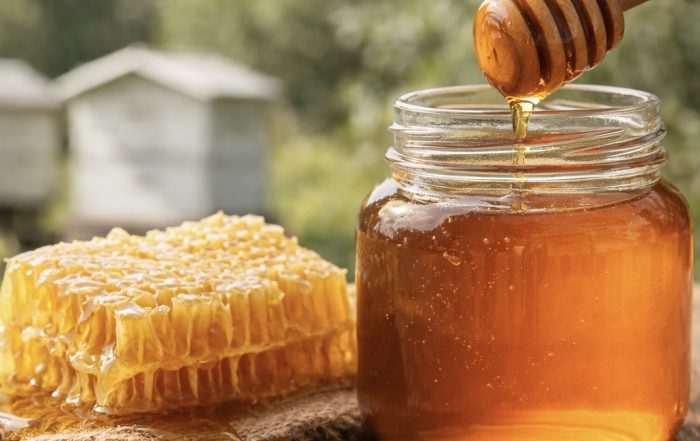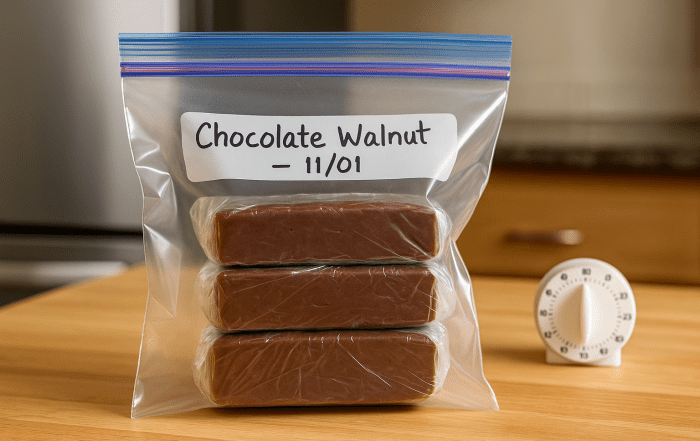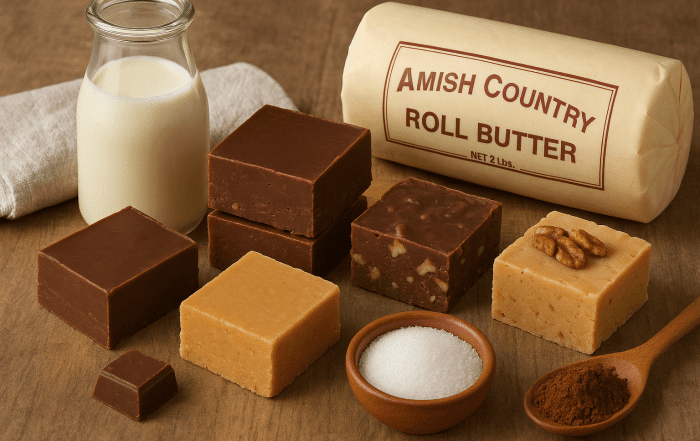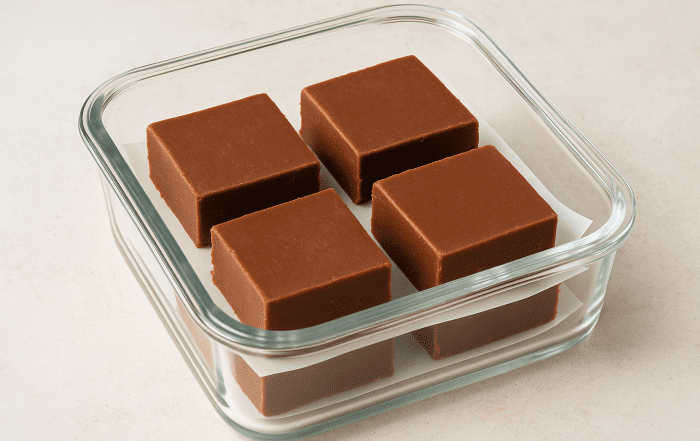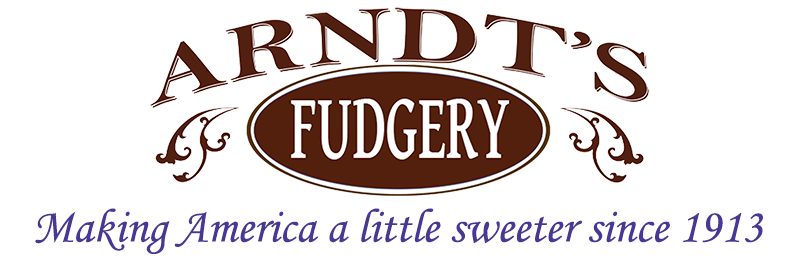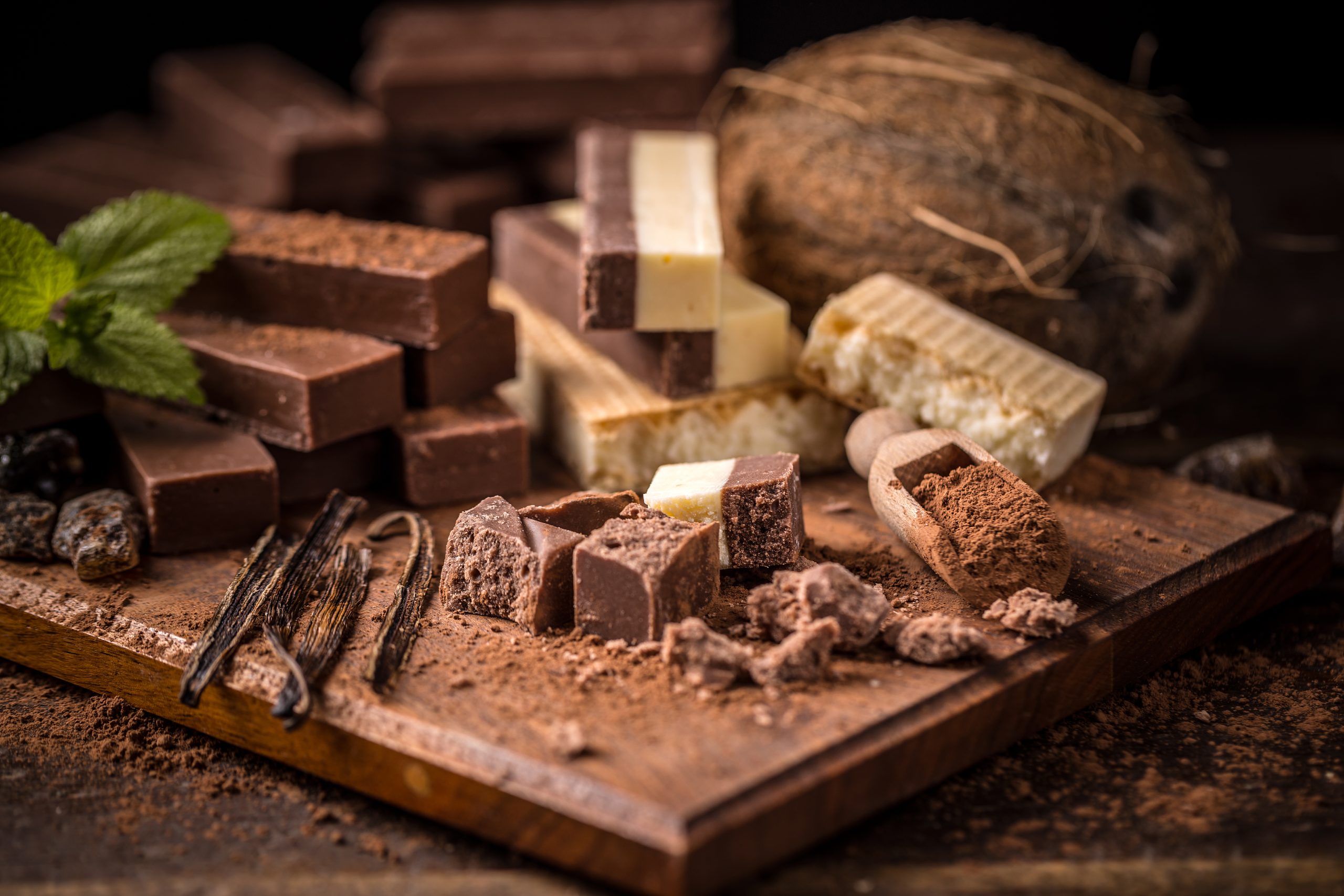
Latest Blogs
Fudge, with its creamy texture and rich sweetness, holds a special place in the hearts of dessert lovers around the world. But where does this beloved confectionery come from? The history of fudge is as rich and complex as its flavor, rooted in culinary origins that span back to the 19th century. This exploration into fudge making reveals not only the geographical beginnings of this sweet treat but also its cultural significance and evolution.
Confectionery History and Culinary Origins
The journey of fudge begins in the United States during the late 19th century. Though its exact origins are shrouded in mystery, one popular tale recounts a fateful “fudge” in a batch of caramels, leading to the serendipitous discovery of this new confection. This story highlights the role of happy accidents in culinary innovation, marking the beginning of fudge making as an esteemed sugar crafting tradition.
19th Century Sweets and the Birth of American Desserts
Fudge quickly became a symbol of American desserts, distinguishing itself from European sweets through its unique texture and simplicity. The artisanal techniques employed in its creation, coupled with the widespread availability of sugar in the 19th century, contributed to its popularity. It was not just a treat but a reflection of the burgeoning American confectionery history.
Traditional Recipes and Artisanal Techniques
The traditional recipes for fudge call for butter, sugar, and milk, heated and combined to create a smooth, dense mixture. This simplicity belies the skill required to achieve the perfect consistency and flavor—a testament to the artisanal techniques passed down through generations. These recipes have not only endured but have become a canvas for innovation, incorporating flavors and ingredients that reflect the global influence of fudge.
Cultural Significance and Global Influence
Fudge’s journey from a simple American dessert to a global phenomenon speaks to its cultural significance. It transcends geographical and cultural boundaries, adapting to local tastes while maintaining its core identity. This adaptability has led to a rich variety of fudge, from classic chocolate to inventive creations infused with fruits, nuts, and spices, showcasing the global influence on this traditional sweet.
Conclusion: The Sweet Journey of Fudge
From its accidental inception to its status as a beloved treat worldwide, the story of fudge is a testament to the power of culinary creativity and tradition. Its origins in 19th century America mark the beginning of a journey that would see fudge become a staple of confectionery history. As we savor each bite, we partake in a legacy of sugar crafting that continues to evolve, making the history of fudge not just about where it comes from, but where it will go next.


